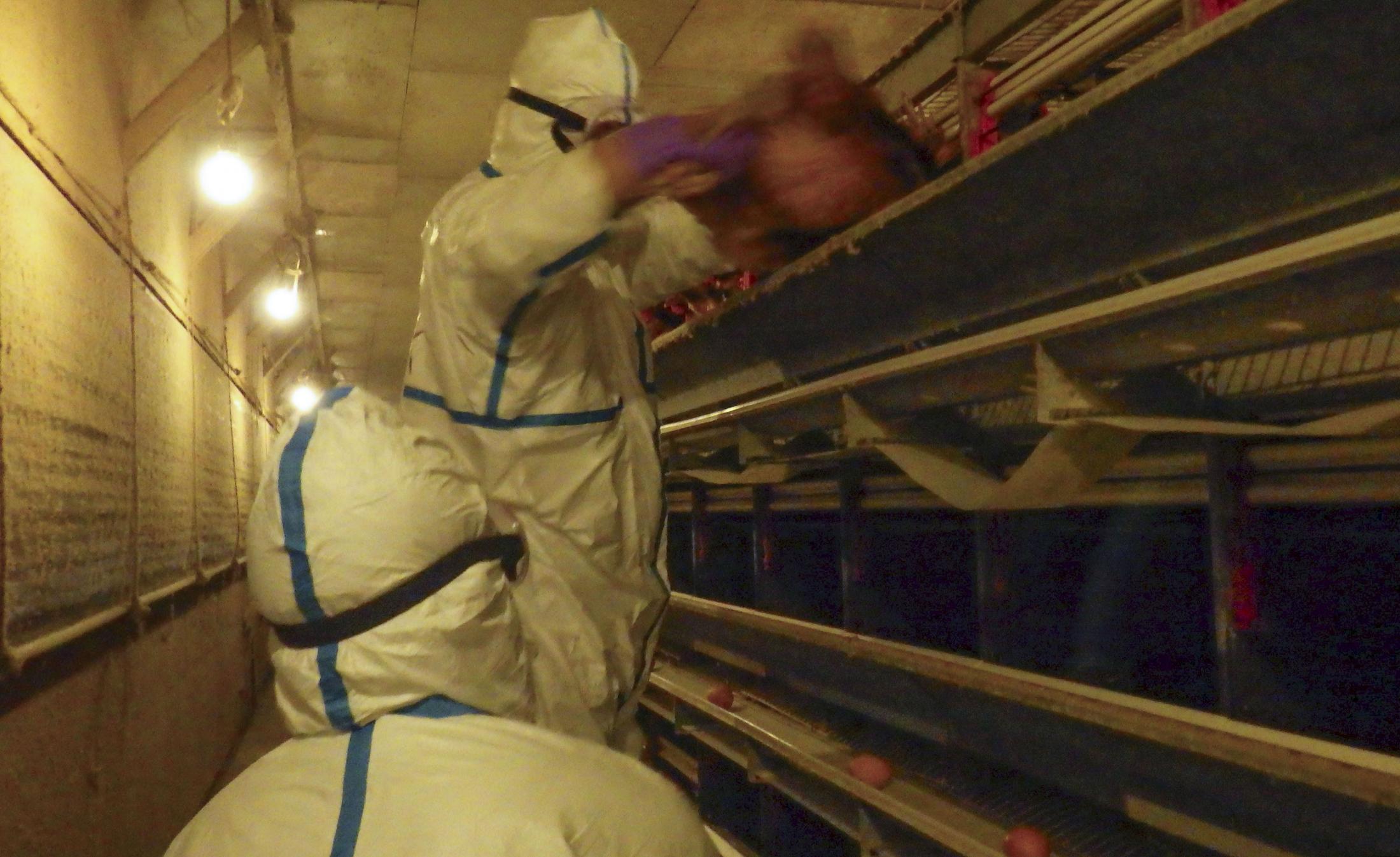
When you buy through links on our articles, Future and its syndication partners may earn a commission.

A comet discovered earlier this year continues to break apart after its close brush with the sun this month.
Astronomer Gianluca Masi of the Virtual Telescope Project captured breathtaking imagery of solar system comet C/2025 K1 (ATLAS) as its central icy core, or nucleus, appears to have broken into multiple pieces after being warmed by the sun. The comet made its closest approach to the sun on Oct. 8, and astronomers captured images following the solar flyby that appear to show it dramatically breaking apart.
These most recent images seem to confirm that, as multiple distinct fragments can be seen. The images appear to show "three fragments of the original nucleus and possibly a fourth one," Masi wrote in a statement accompanying the images.
Masi captured the images over the past week using a Celestron C14 Schmidt-Cassegrain telescope on a Paramount ME robotic mount, with a SBIG ST-10XME CCD self-guiding camera. The images consist of seven different 60-second exposures captured without any filters.

He made those exposures on five separate nights between Nov. 11 and 18 Nov. 18, and stacked them together to make an animation that depicts the motion of the fragments relative to one another:

Based on one of the images, Masi suspects the comet may have actually broken into a fourth fragment.

Astronomers at the Asiago Observatory in Italy captured the comet on Nov. 11 with the 1.82-meter Copernicus telescope, which appeared to reveal that, at that point, the comet had broken into two distinct fragments separated by about 1,200 miles (2,000 kilometers).
But even then, astronomers suspected "the presence of a third, smaller and fainter fragment to the left of the pair," Mazzotta Epifani wrote in a statement published to the Italian National Institute for Astrophysics website (translation by Google).

Like many comets, C/2025 K1 (ATLAS) is believed to have come from the Oort cloud, a distant spherical bubble of small icy bodies that surrounds our solar system at the farthest reaches of our sun's neighborhood. Many long-period comets (those that only rarely pass through the inner solar system) originate from the Oort cloud, which is thought to contain billions of small icy objects like comets (though some Oort cloud bodies are so large they qualify as dwarf planets).
Want to see these visitors from the outer solar system for yourself? Skywatchers hoping to capture their own views of distant solar system comets should check out our roundups of the best smart telescopes, cameras and lenses for astrophotography, along with our guide on how to view and photograph comets.
Editor's Note: If you would like to share your comet photos with Space.com's readers, then please send your photo(s), comments, and your name and location to [email protected].
 Home Plan Tips for Seniors
Home Plan Tips for Seniors 仲代達矢さん最期の様子 ケガして入院、肺炎を併発 8日に死去、最後の舞台は5月能登での復興公演(スポニチアネックス)
仲代達矢さん最期の様子 ケガして入院、肺炎を併発 8日に死去、最後の舞台は5月能登での復興公演(スポニチアネックス) My skin feels drier, my lips thinner and my makeup heavier. How do I adjust my routine for aging skin?
My skin feels drier, my lips thinner and my makeup heavier. How do I adjust my routine for aging skin? Opening Achievement: 8 Methodologies for Compelling Using time productively
Opening Achievement: 8 Methodologies for Compelling Using time productively The most effective method to Alter Your Kona SUV for Greatest Solace and Comfort
The most effective method to Alter Your Kona SUV for Greatest Solace and Comfort ネプチューン・堀内健 2人の娘は小学生と高校生「思春期の娘とは何を話していいかわからない!」(AERA with Kids+)
ネプチューン・堀内健 2人の娘は小学生と高校生「思春期の娘とは何を話していいかわからない!」(AERA with Kids+) 阪神 西純が野手として実戦初打席 粘るも7球目に見逃し三振に倒れる 代打のコールに場内大歓声(デイリースポーツ)
阪神 西純が野手として実戦初打席 粘るも7球目に見逃し三振に倒れる 代打のコールに場内大歓声(デイリースポーツ) Manual for Brilliant Home Lighting Framework: Lights up Your Space
Manual for Brilliant Home Lighting Framework: Lights up Your Space Vote in favor of your Number one Kind of Gems
Vote in favor of your Number one Kind of Gems













